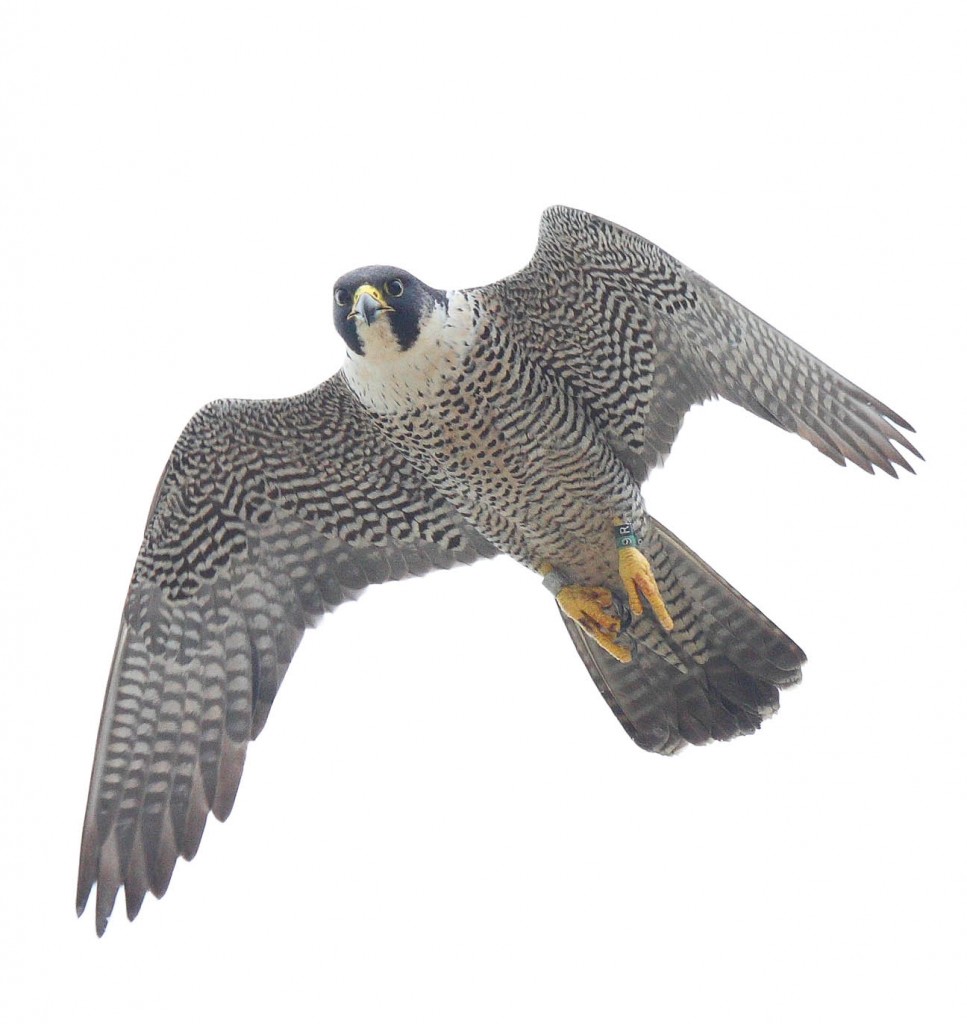PAUL SEAMAN BAKER
Paul Baker was a test pilot and aeronautical engineer in the early days of aviation, a world traveler, and a true conservationist. Paul was born and raised in Quincy, Massachusetts, graduated from Thayer Academy, from M.I.T in aeronautical engineering (1929), and from the Army Air Corps Advanced Flying School, Kelly Field, Texas (1930). During his professional career, Paul was an experimental test pilot, chief of aerodynamics, engineering manager, and chief technical engineer. Among others, he worked on the design of the OS2U “Kingfisher”, F4U “Corsair”, and the F7U “Cutlass”.
At an early age, Paul’s love of flight and flying led to a natural fascination with birds. He was a member of many ornithological societies for nearly five decades. He had a particular fascination with Peregrine Falcons and closely followed their recovery in eastern North America. After retirement, Paul began to work with the CCB to trap and monitor birds of prey during fall migration. He manned the trapping station on Fisherman’s Island (in the mouth of the Chesapeake Bay) for many years. Throughout his life, Paul was a tireless activist for the environment. Writing letters, attending meetings, making telephone calls to government agencies in support of environmental initiatives was a way of life.
Over the years, Paul assembled an extensive natural history library focused on birds of the world. His donation of this library to the Center for Conservation Biology in 1998 was one of several gifts that led to our expanding research library.

Adult female falcon breeding on Watts Island, VA. Photo by Bart Paxton.
